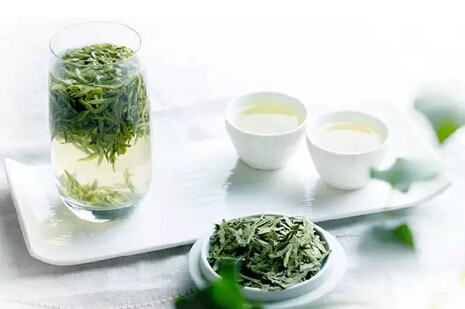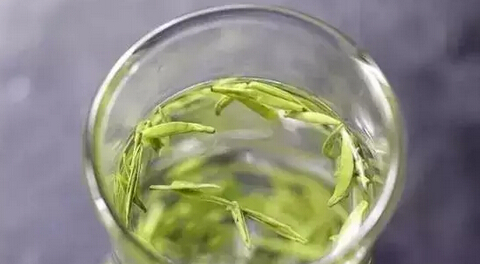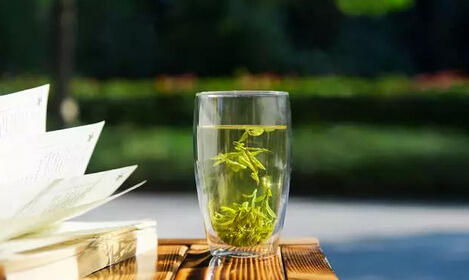
Tea lovers often hear about tea polyphenols when drinking tea but may not know their exact purpose. What exactly are tea polyphenols?
Tea polyphenols (Tea Polyphenols) are a general term for polyphenolic compounds in tea, including flavanols, anthocyanins, flavonoids, flavonols, and phenolic acids. They are also known as tea tannins or tea tannin. They are one of the main components that contribute to the color, aroma, and taste of tea, as well as one of the primary substances with health benefits. They are praised by the health and medical communities as the "nemesis of radiation."

The Nutritional Value of Tea Polyphenols
(1) Tea polyphenols have an extremely strong ability to scavenge harmful free radicals, block lipid peroxidation, and increase enzyme activity in the human body.
(2) The flavanol compounds in tea polyphenols can stimulate the dilation of renal blood vessels, increase blood flow to the kidneys, and thus enhance the glomerular filtration rate, helping to excrete lactic acid in urine.
(3) Tea polyphenols can promote the absorption of vitamin C in the human body.

The Benefits of Tea Polyphenols
(1) Antioxidant effects. This is mainly because tea polyphenols can provide abundant H+ ions, which eliminate excess free radicals in the body, acting as a free radical scavenger.
(2) They have a good preventive effect on cardiovascular diseases. Specifically, they can regulate lipid metabolism, have anticoagulant and fibrinolytic effects, and prevent cardiovascular and cerebrovascular diseases.
(3) Anti-allergic and immune-regulating effects. They can enhance immune function and improve disease resistance.
(4) Anti-cancer, anti-tumor, and anti-mutation effects. These are achieved through antioxidant mechanisms, regulating gene expression, and inhibiting tumor transformation and proliferation.
(5) Antibacterial, antiviral, and bactericidal effects.
(6) Anti-inflammatory, detoxifying, and anti-allergic effects.
(7) Protective effects against radiation damage.

Differences in Tea Polyphenol Content Under Different Conditions
(1) Corresponding to tea flavor: The concentration, stimulation, astringency, bitterness, and sweetness of tea are all influenced by these compounds. A stronger, more stimulating, more astringent, more bitter, and sweeter tea indicates a higher concentration of tea polyphenols.
(2) Corresponding to tea varieties: Large-leaf tea varieties generally contain more tea polyphenols than small-leaf varieties.
(3) Corresponding to geographical environment: Tea grown in southern regions contains more tea polyphenols than tea grown in northern regions, which is related to sunlight intensity and temperature. Generally, higher temperatures and stronger light result in higher tea polyphenol content.
(4) Corresponding to altitude: Typically, tea grown at altitudes above 500 meters contains more tea polyphenols than tea grown at lower altitudes.
The benefits of drinking tea lie in the health effects of tea polyphenols and other chemical compounds, as well as the pleasant sensory experience they provide. Therefore, it is recommended to drink more tea and drink good tea!